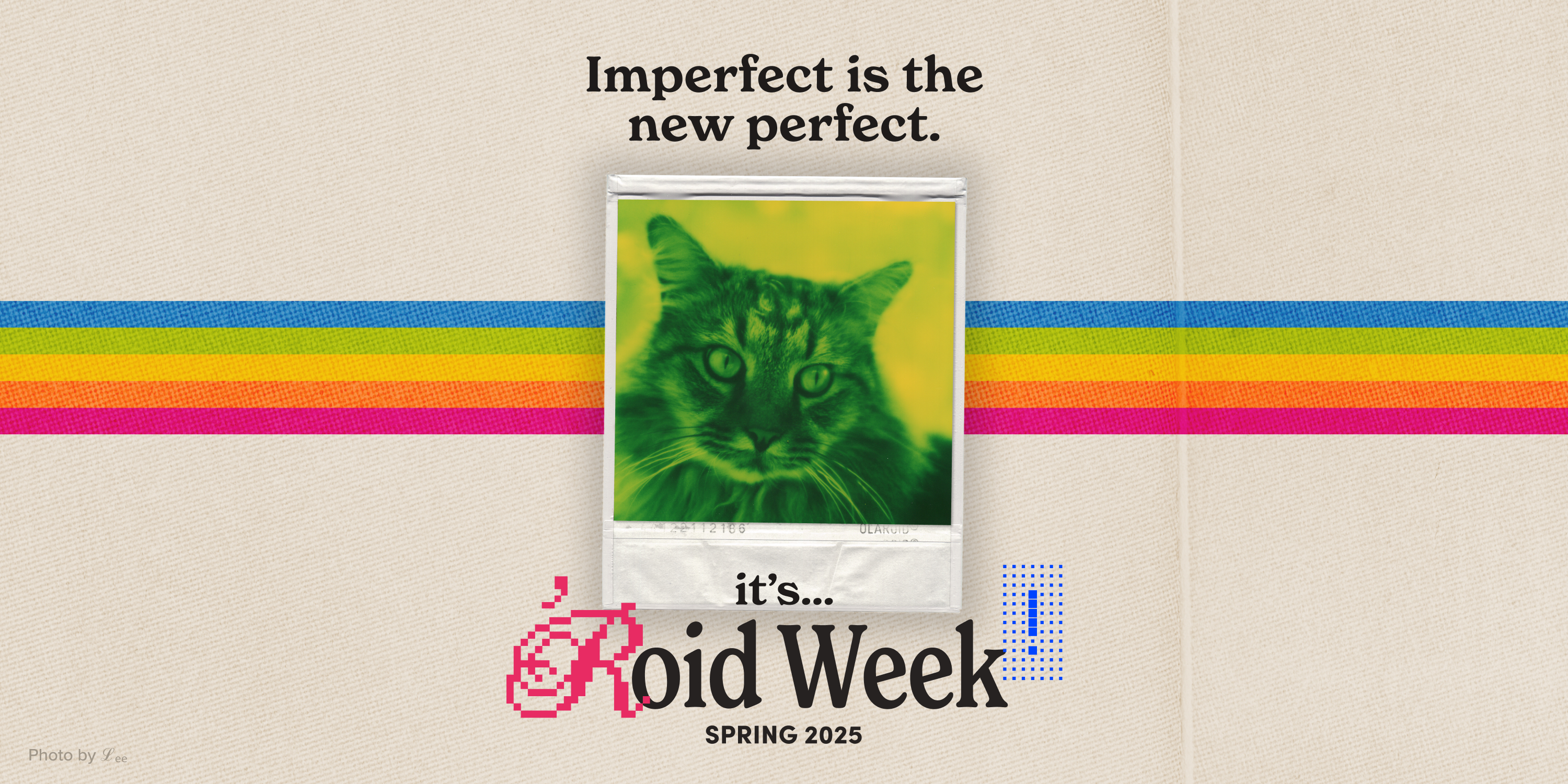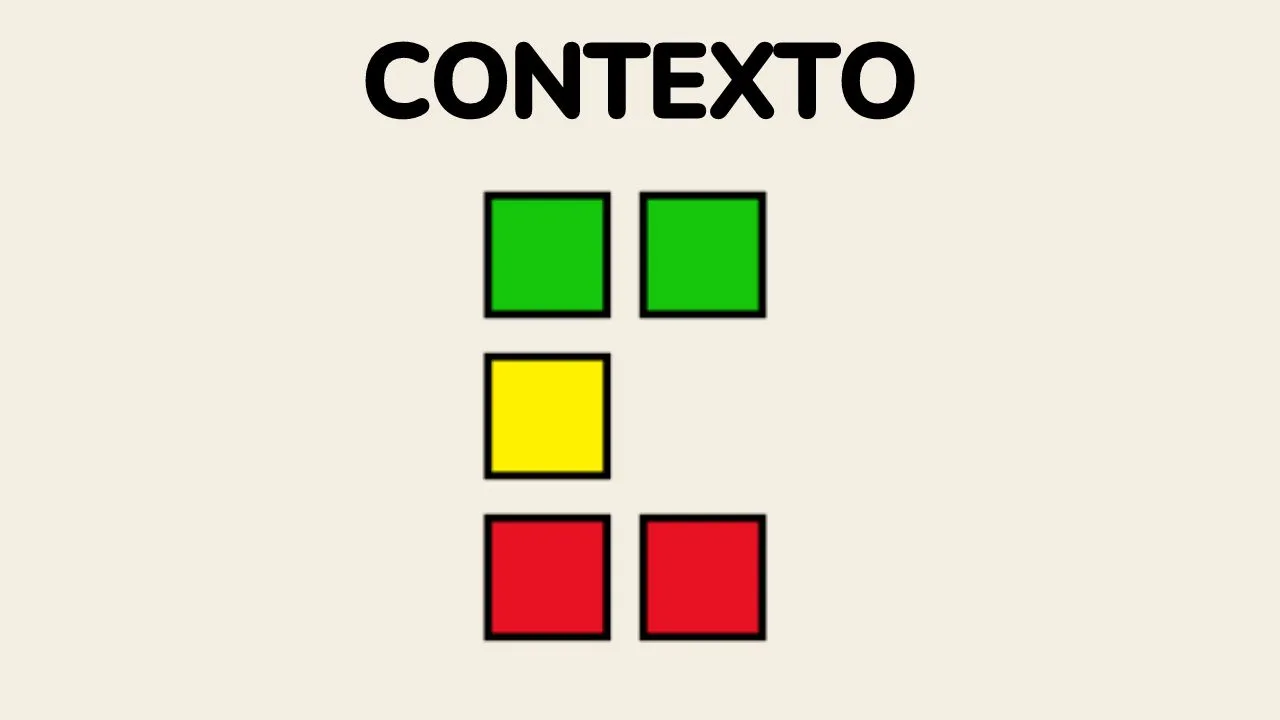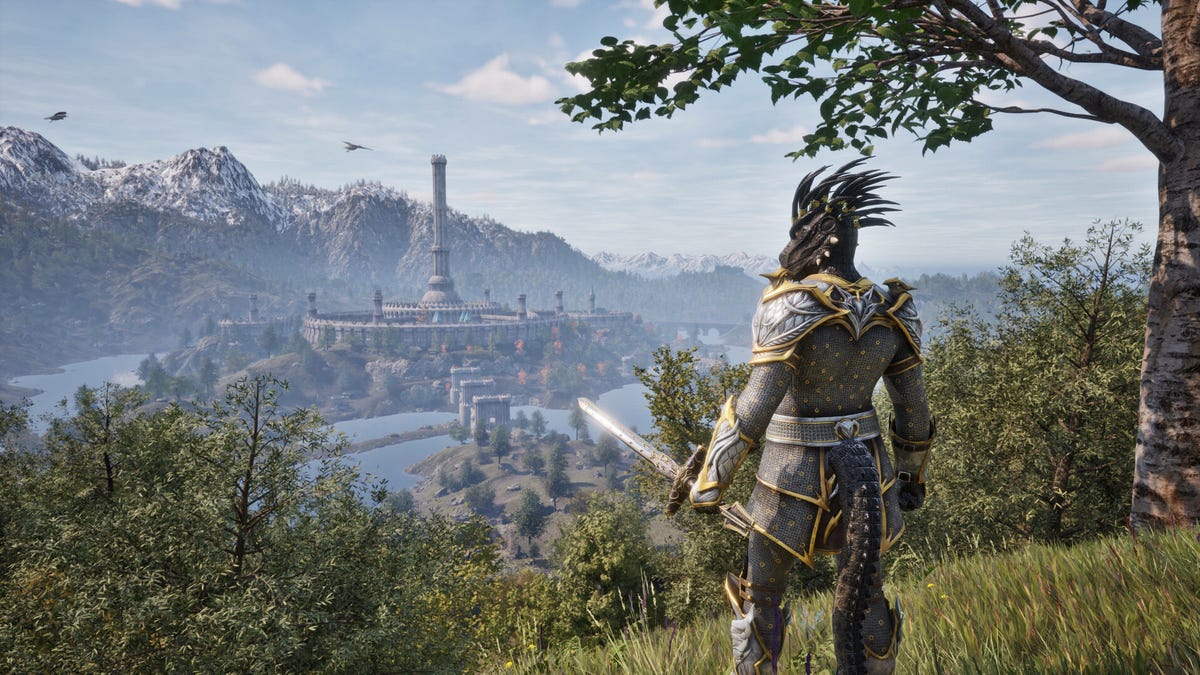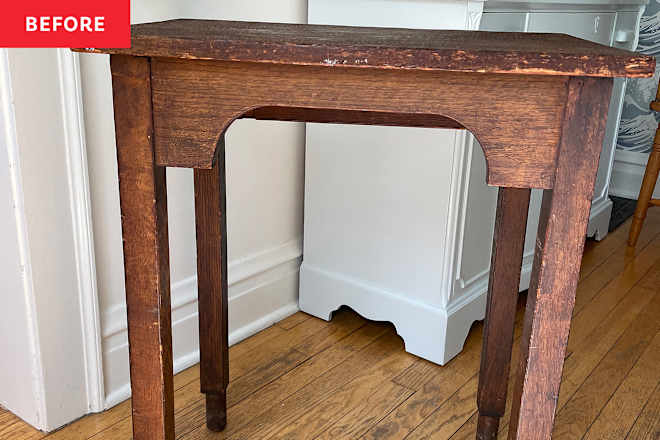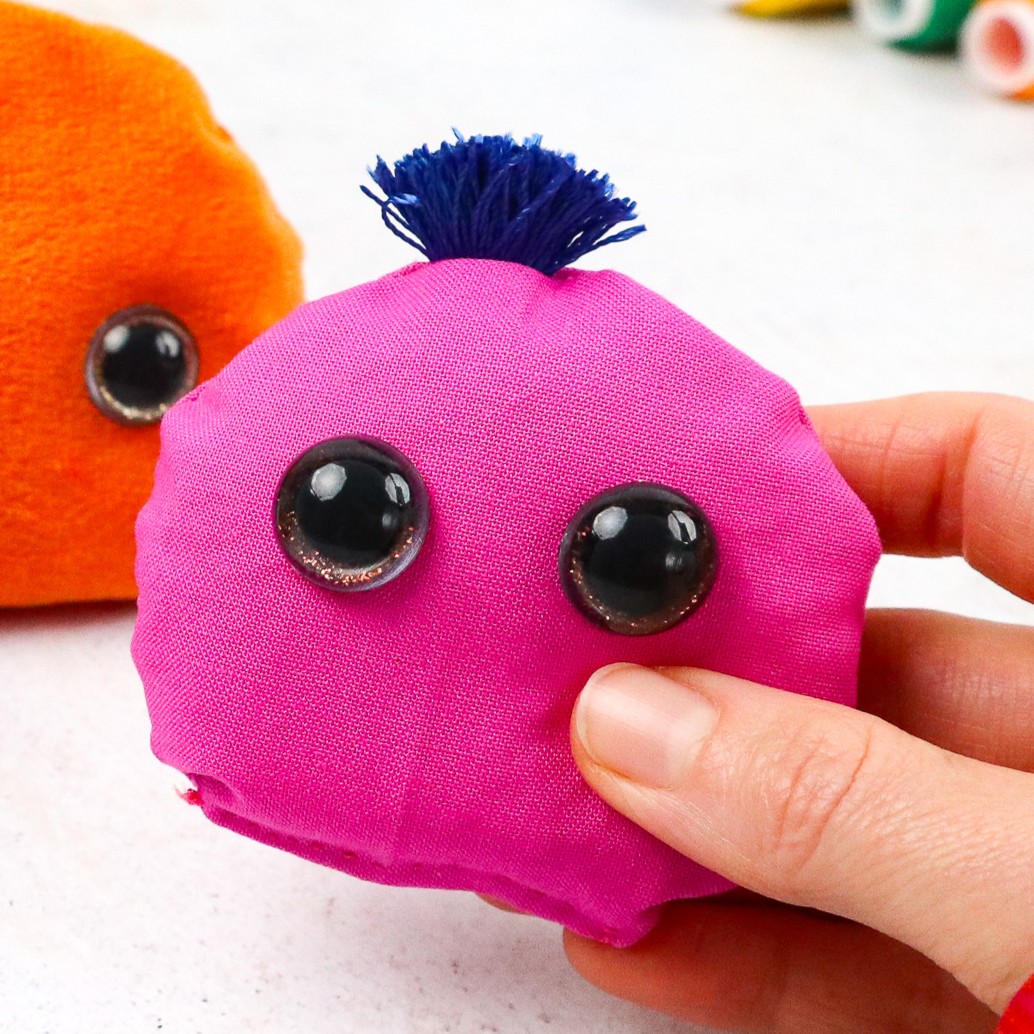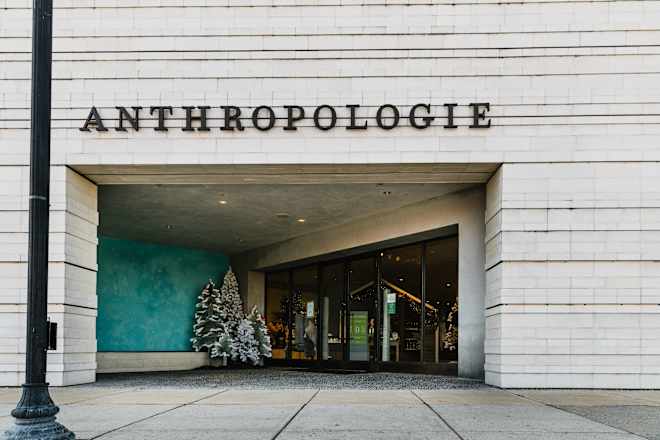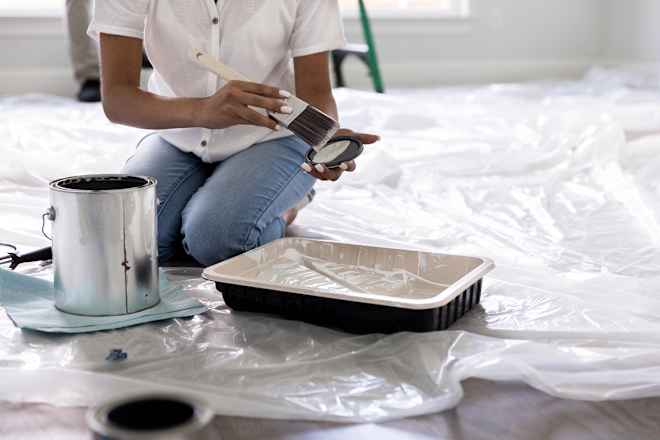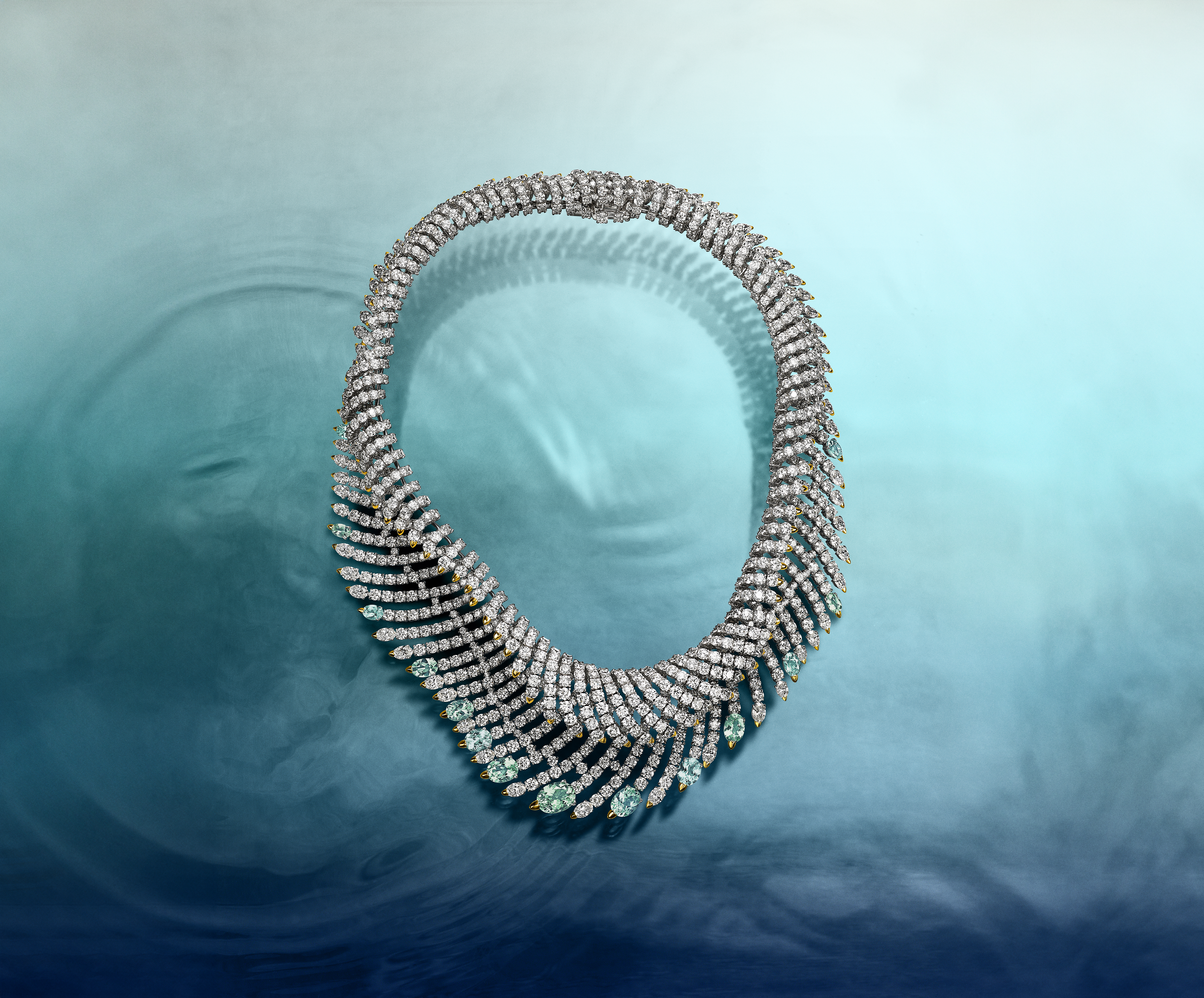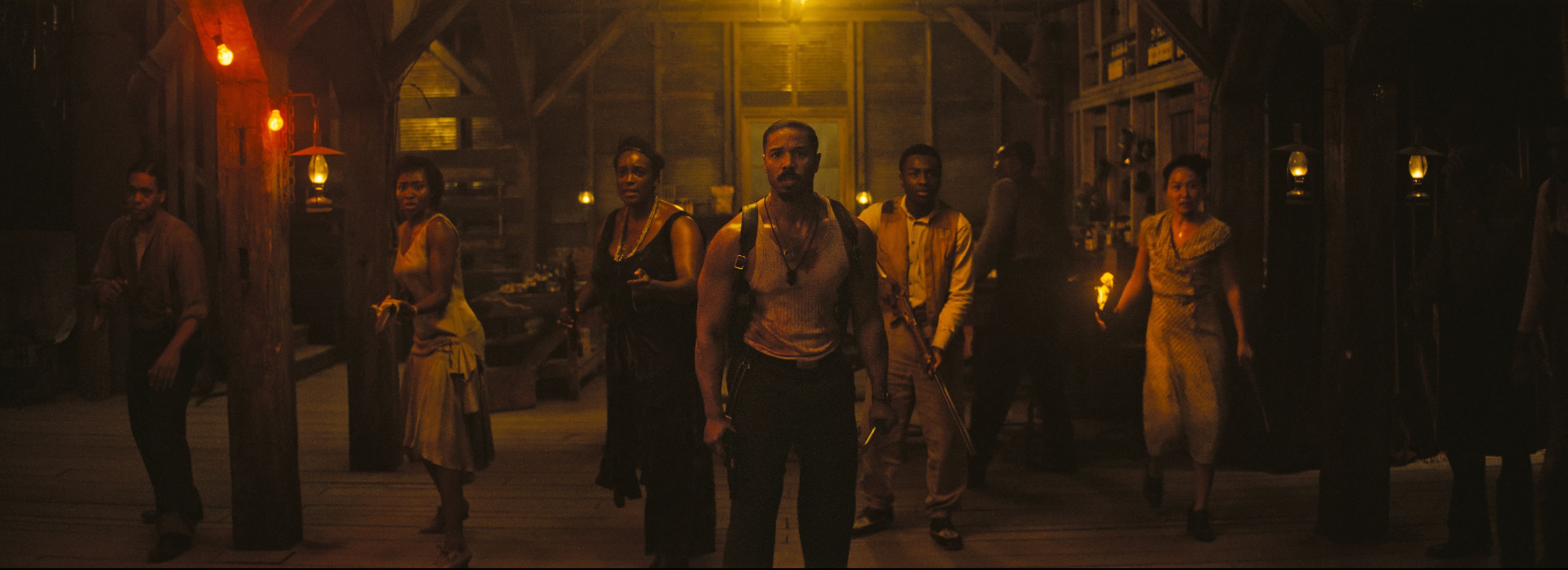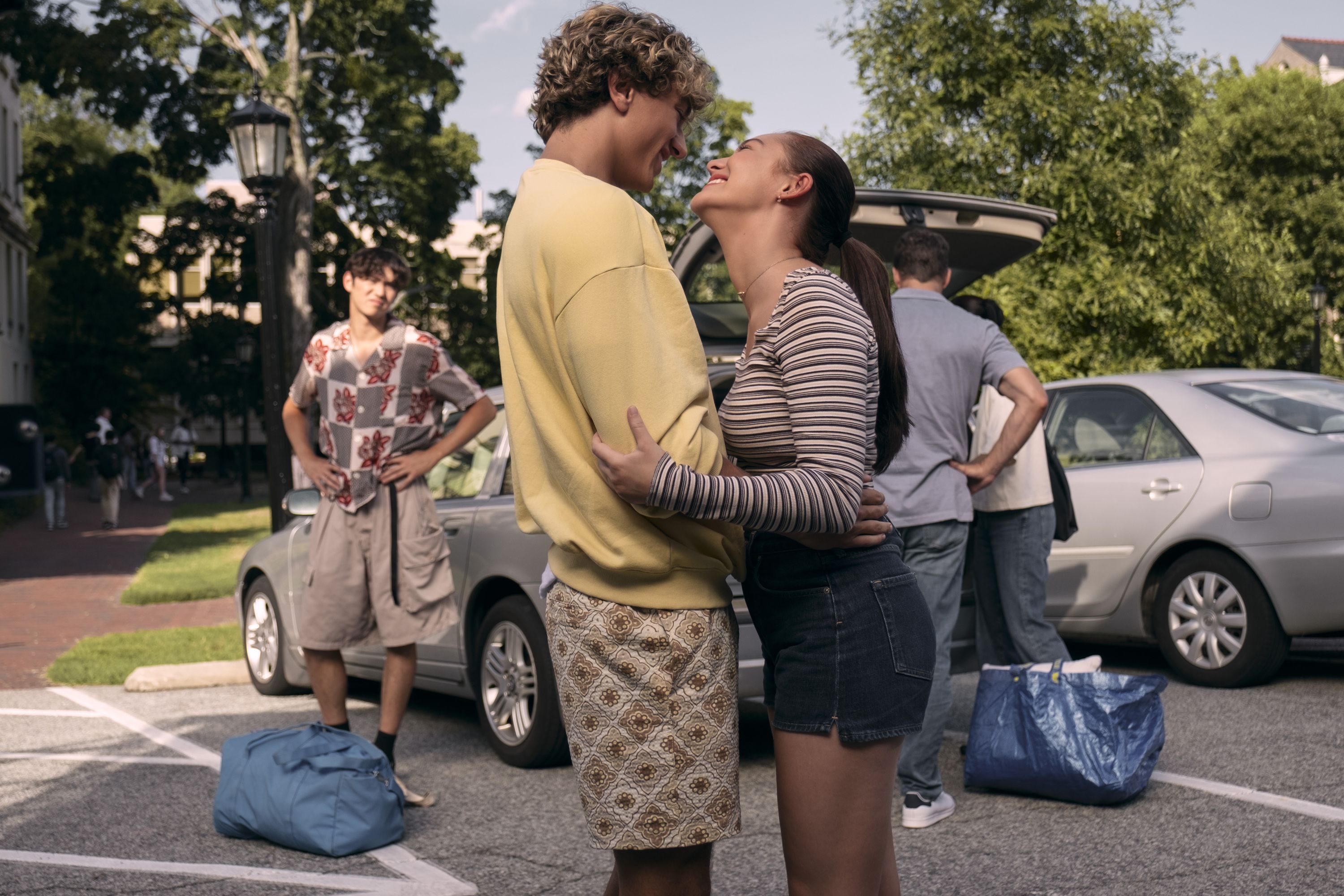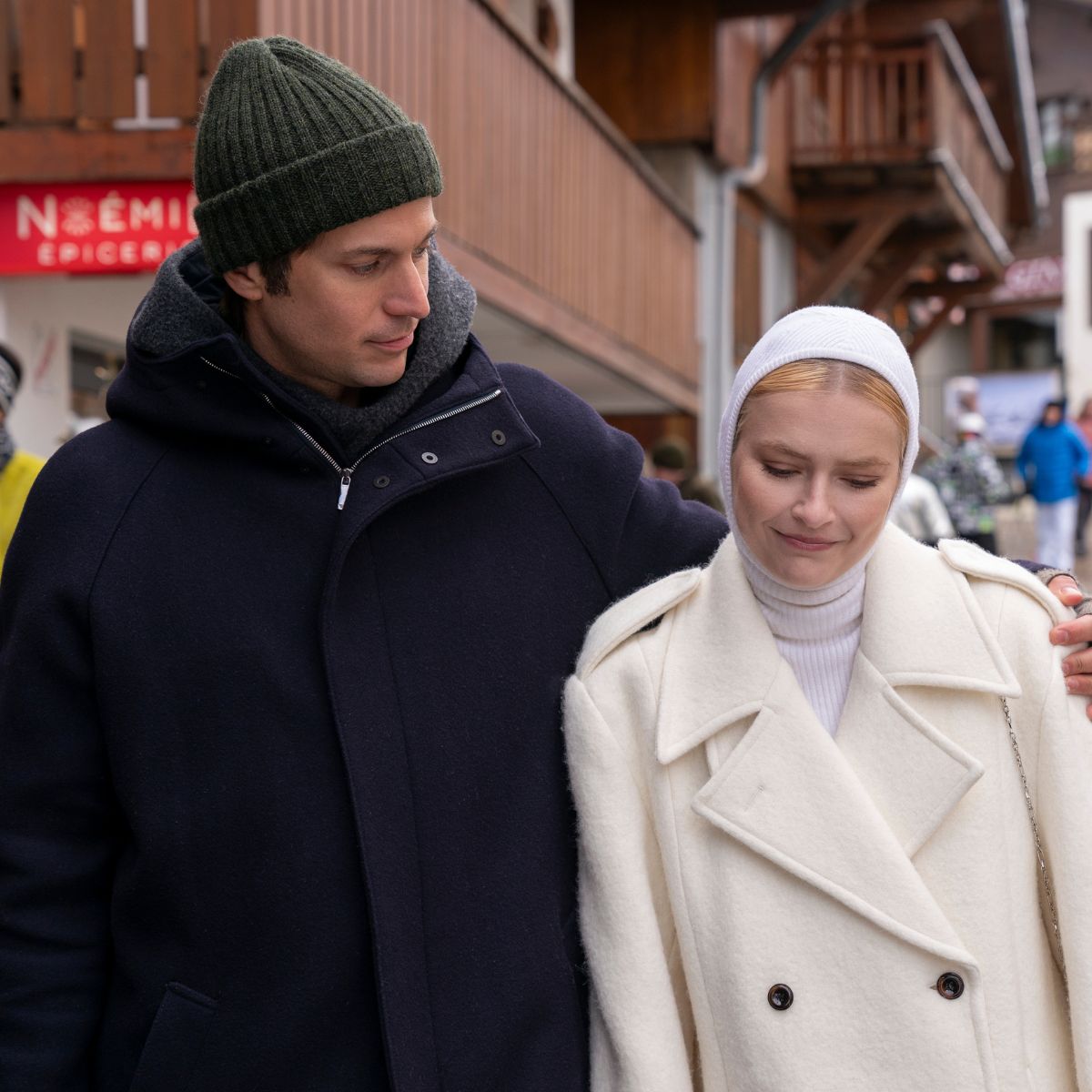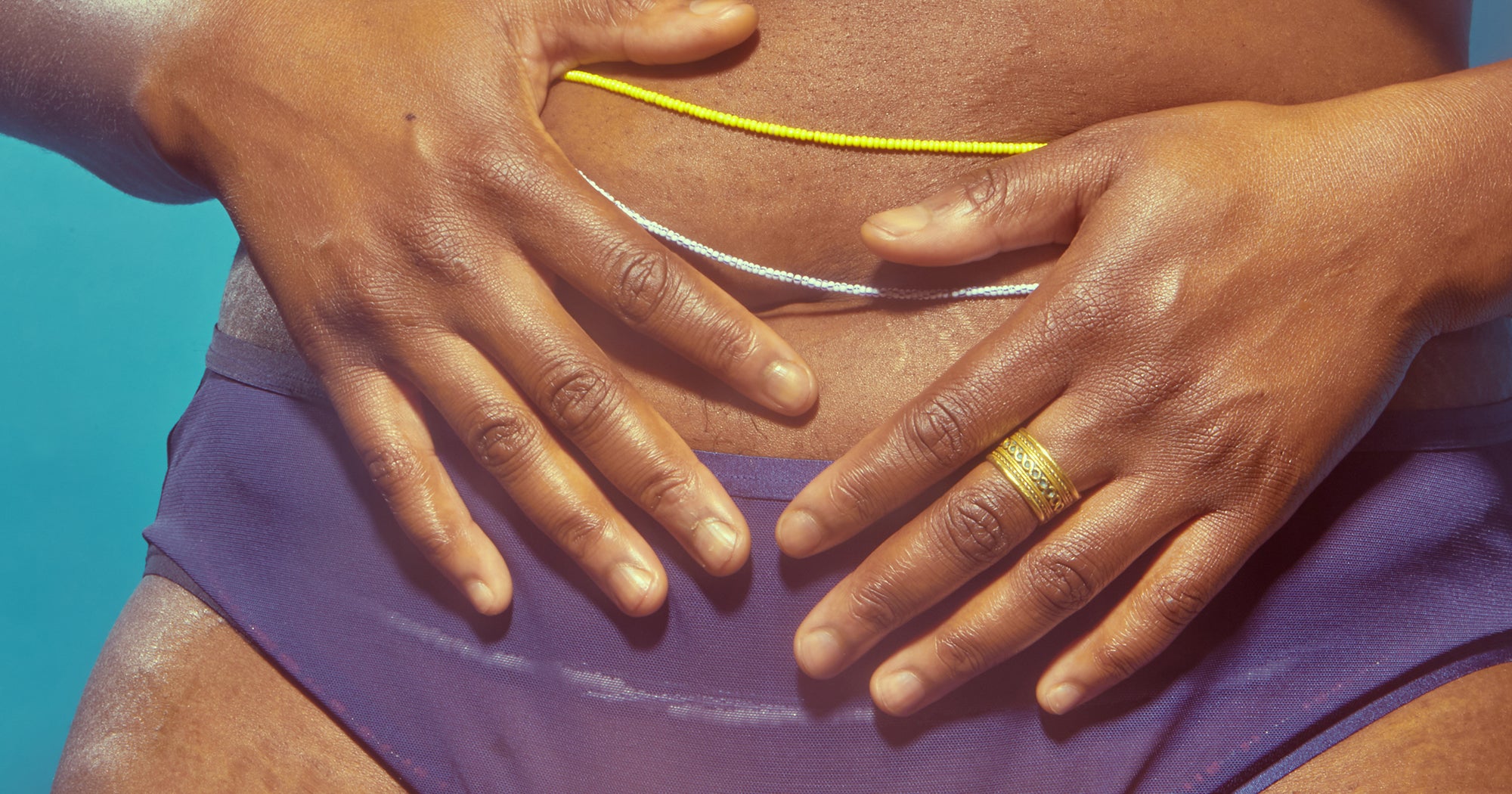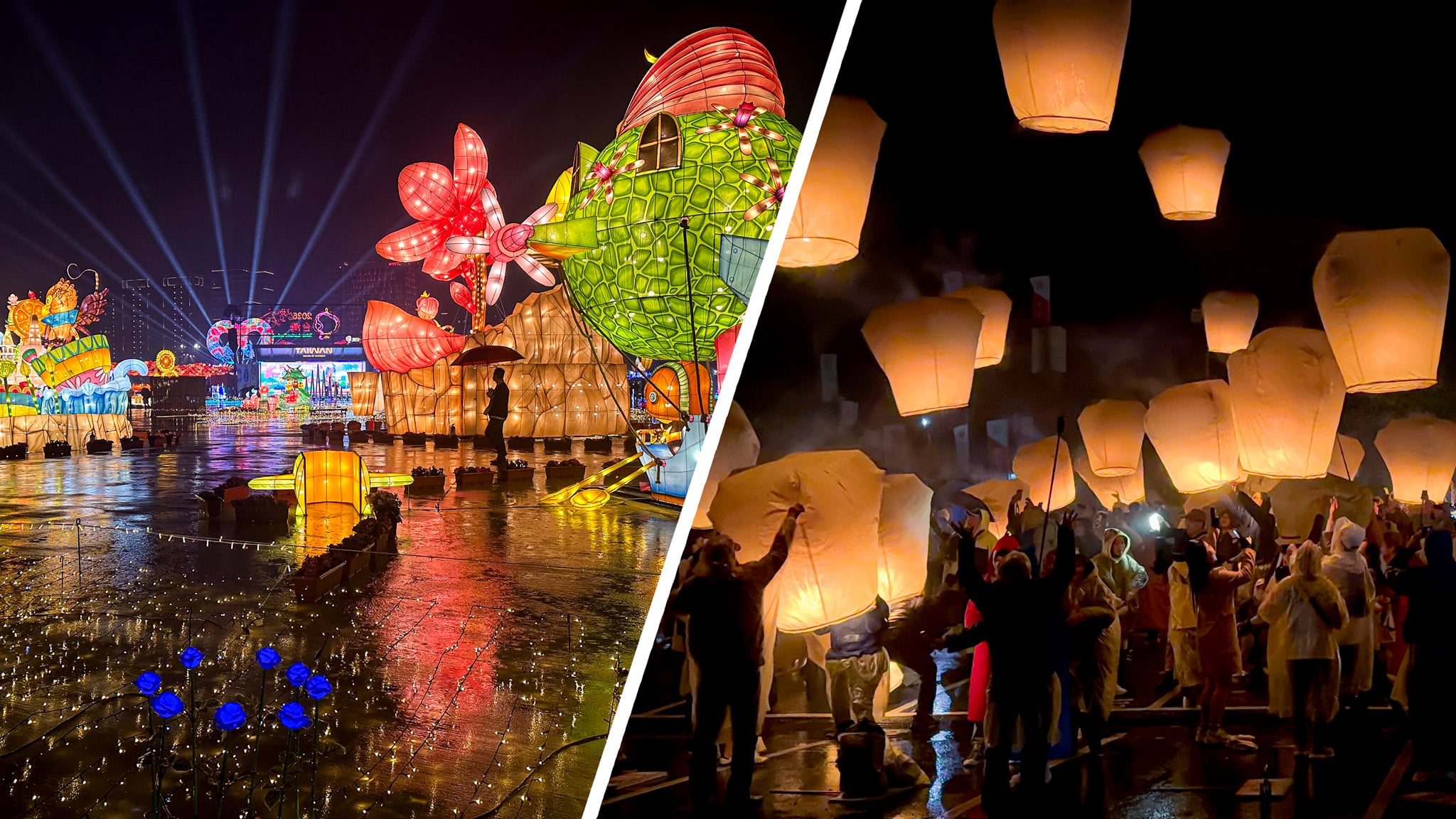Baltasar Bachero Tile Mosaic in Madrid, Spain
A modest tile mosaic on Calle del Salitre 34 in Madrid honors one of the Spanish city's unsung heroes. Baltasar Bachero was a Madrid coachman who worked at Atocha station and lived in Lavapiés. In March 1929, he became a hero when he pounced on a runaway mule pulling a carriage down the steep Salitre street. To stop the animal from trampling a group of children playing in the street, he grabbe the reins but was thrown to the ground and run over by the carriage. He suffered serious injuries, including a skull fracture, and died six days later. Made in 1971 at the Madrid School of Ceramics, the mosaic depicts Bachero chasing away the mule and saving the children's lives. Bachero's bravery was widely recognized in the press at the time, and newspapers such as ABC and El Imparcial highlighted his sacrifice. Residents moved by the tragedy prompted the Madrid City Council to rename Salitre Street after him, a tribute supported by then Spanish ruler General Miguel Primo de Rivera. In 1967, however, the city council reversed this decision and returned the street to its original name, which led to protests among the residents of Lavapiés. Bachero was a humble man who lived with his wife, Filomena García Martínez, and their children in a modest, windowless house. Although his story has been widely reported, inaccurate versions have emerged, attributing the heroic deed to others, leading to confusion. Nevertheless, he remains a symbol of selflessness in Madrid, and this tile mosaic on his former home still commemorates his sacrifice.

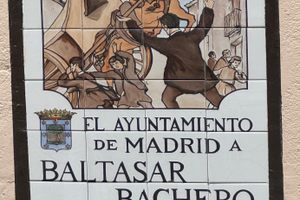
A modest tile mosaic on Calle del Salitre 34 in Madrid honors one of the Spanish city's unsung heroes.
Baltasar Bachero was a Madrid coachman who worked at Atocha station and lived in Lavapiés. In March 1929, he became a hero when he pounced on a runaway mule pulling a carriage down the steep Salitre street. To stop the animal from trampling a group of children playing in the street, he grabbe the reins but was thrown to the ground and run over by the carriage. He suffered serious injuries, including a skull fracture, and died six days later.
Made in 1971 at the Madrid School of Ceramics, the mosaic depicts Bachero chasing away the mule and saving the children's lives.
Bachero's bravery was widely recognized in the press at the time, and newspapers such as ABC and El Imparcial highlighted his sacrifice. Residents moved by the tragedy prompted the Madrid City Council to rename Salitre Street after him, a tribute supported by then Spanish ruler General Miguel Primo de Rivera. In 1967, however, the city council reversed this decision and returned the street to its original name, which led to protests among the residents of Lavapiés.
Bachero was a humble man who lived with his wife, Filomena García Martínez, and their children in a modest, windowless house. Although his story has been widely reported, inaccurate versions have emerged, attributing the heroic deed to others, leading to confusion. Nevertheless, he remains a symbol of selflessness in Madrid, and this tile mosaic on his former home still commemorates his sacrifice.



















